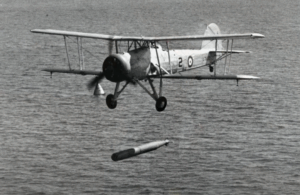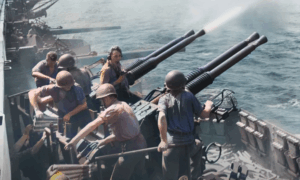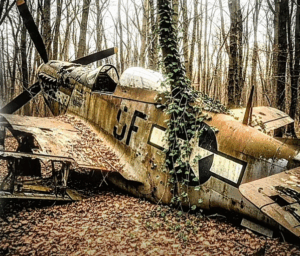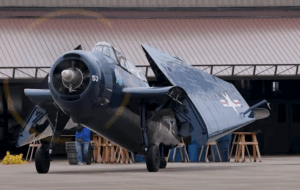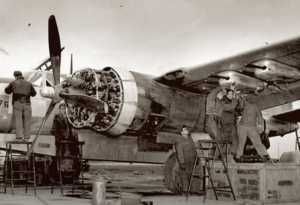What Japan Really Thought of the F4F Wildcat
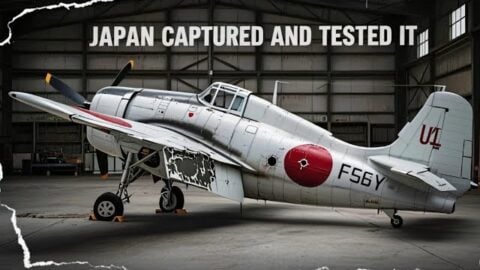
YouTube / Military History Stories
In December 1941, during the Japanese assault on Wake Island, one Grumman F4F Wildcat crash-landed while defending the airfield. Unlike many destroyed aircraft, this remained mostly intact. Japanese forces quickly secured the wreckage, transporting the airframe back to Japan. One of the few examples of a nearly complete American fighter to fall into Japanese hands early in the war.
A Rare Opportunity
This would eventually become a rare opportunity for Japan to analyze the design, structure, and combat capabilities of a frontline US Navy fighter. The captured aircraft was repaired by technical personnel, utilizing a combination of reverse-engineered parts and workarounds based on available documentation and observation. It was repainted with the Hinomaru, the Japanese red sun insignia, and flight tested in controlled conditions.
Impressions
Initial reports confirmed what the Japanese already observed in combat. The Wildcat was slower than the Mitsubishi A6M0, had inferior climb and turn rates, and was heavier overall. However, the Wildcat had qualities that the Zero lacked and were significant. The F4F3 Wildcat was powered by a 1,200 hp Pratt & Whitney R1830-76 twin Wasp engine. Its maximum speed was 331 mph at 21,000 ft. This was slower than the A6M20’s 331 mph at 14,900 ft. But with a higher surface ceiling and a superior dive performance, the Wildcat also featured self-sealing fuel tanks, armor plating around the cockpit, and robust construction. Test pilots found that it could sustain far more structural damage than any Japanese naval fighter in service.
This had direct implications for survivability and pilot protection in prolonged engagements. The Wildcat’s standard 650 caliber Browning M2 machine guns offered considerable forward firepower. In Japanese tests, these were evaluated for their kinetic damage, penetration, and impact force.
Compared to the lighter 7.7 mm machine guns and 20 mm cannons on the Zero, the Wildcat’s armament is considered more durable and reliable, with a longer sustained rate of fire before overheating. However, the manual landing gear operated by a 29 hand crank was regarded as impractical, particularly under combat conditions. It was sighted in Japanese assessments as a design flaw.
Lessons Learned
This technical evaluation enabled the Imperial Japanese Navy to revise its tactical guidance. Pilots were instructed to avoid prolonged horizontal dogfights with American fighters and instead focus on high-speed boom-and-zoom attacks, exploiting the Zero’s superior climb and acceleration.
This shift in doctrine reflected lessons not just from combat but directly from the Wildcat’s flight trials in Japan. By 1943, there were no further documented references to the captured Wildcat. It was either scrapped or lost in a training accident, which is quite common in test aircraft with no access to or original spare parts. However, for a brief period, the aircraft served as a key asset for Japanese military intelligence and aviation engineers.















